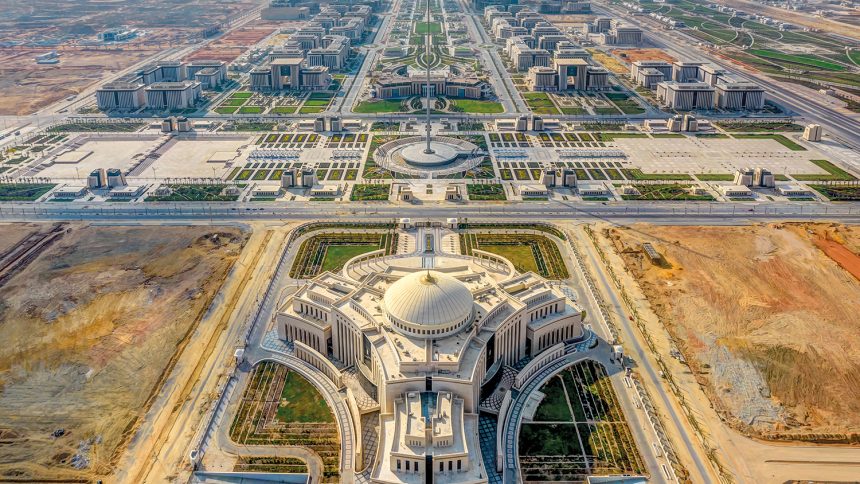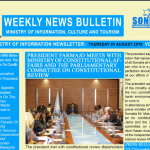A Somali journalist visiting Egypt’s New Administrative Capital (NAC) has described the project as one of the most ambitious urban developments in Africa. Located within the Administrative Capital for Urban Development (ACUD), the city covers 950 square kilometres and is designed to sustain between six and eight million residents. The project, launched in 2016 and still ongoing, was developed to ease the heavy congestion of Cairo, a city with around ten million people.
The new capital lies 70 kilometres east of Cairo and 100 kilometres from the Suez Canal, positioning it between two of Egypt’s most strategic locations. Built on land purchased by a private company for $3 billion, the NAC is managed by the ACUD, which leases it to government offices and oversees all smart city systems. Two years ago, Egypt relocated its government ministries and agencies to the new capital, marking a major step in decentralising administration.
The NAC is built as a fully smart, sustainable, and green city. It integrates renewable energy, digital infrastructure, and wide green spaces that form part of its ecological core. Among the most striking developments is the Green River Park — a 35-kilometre stretch designed as the city’s central park and one of the largest urban green spaces in the Middle East. The city also includes advanced road networks, residential areas, and high-rise buildings that symbolise Egypt’s move towards modern architecture and digital governance.
Religious landmarks play a central role in the new capital’s identity. The Al-Fattah Al-Aleem Mosque, the largest in Africa and the Middle East, spans 47,000 square metres and accommodates over 11,000 worshippers. Each of the 114 chapters of the Holy Quran is engraved in a dedicated room within the mosque, while a chandelier measuring 72 metres high and weighing 25 tons stands as one of the tallest in the world. The capital is also home to the Cathedral of the Nativity of Christ, the largest church in the Middle East, which can host nearly 10,000 worshippers — a strong symbol of Egypt’s interfaith coexistence.
Beyond its religious and governmental institutions, the NAC features universities, hospitals, and modern residential complexes built with cutting-edge technology. Its skyline is dominated by the Iconic Tower, Africa’s tallest building, and surrounded by large-scale sports and cultural projects such as the Misr Stadium and the Egypt International Olympic City. These developments underscore Egypt’s vision of building not only a new administrative centre but a hub for culture, education, and innovation.
The Somali journalist noted that the visit offered a unique opportunity to witness how Egypt’s new capital blends national heritage with futuristic design. The city’s scale, technology, and organization reflect the country’s broader ambition to shape a sustainable and forward-looking future for generations to come.
Reported by Khadar, SONNA Journalist.





